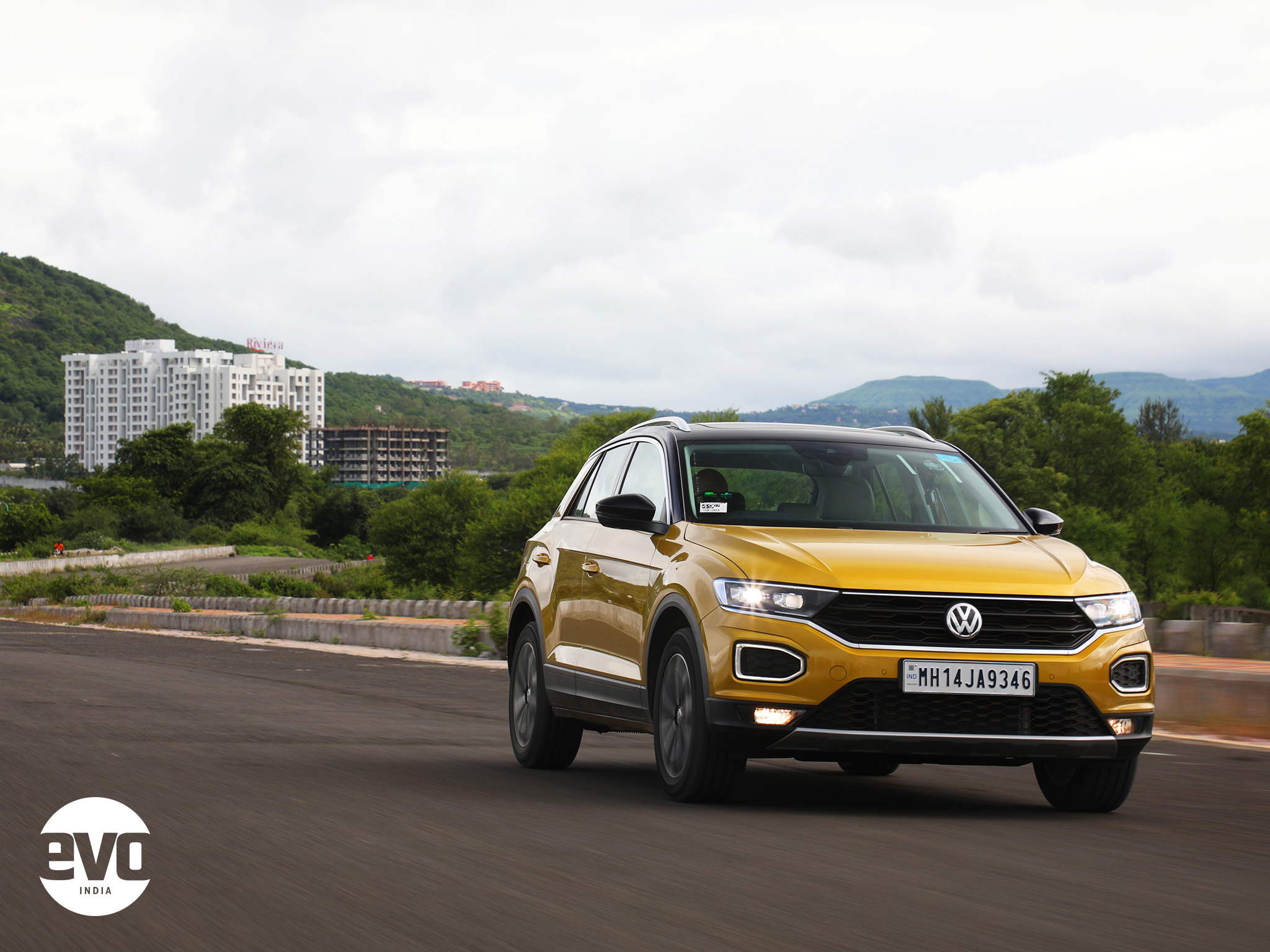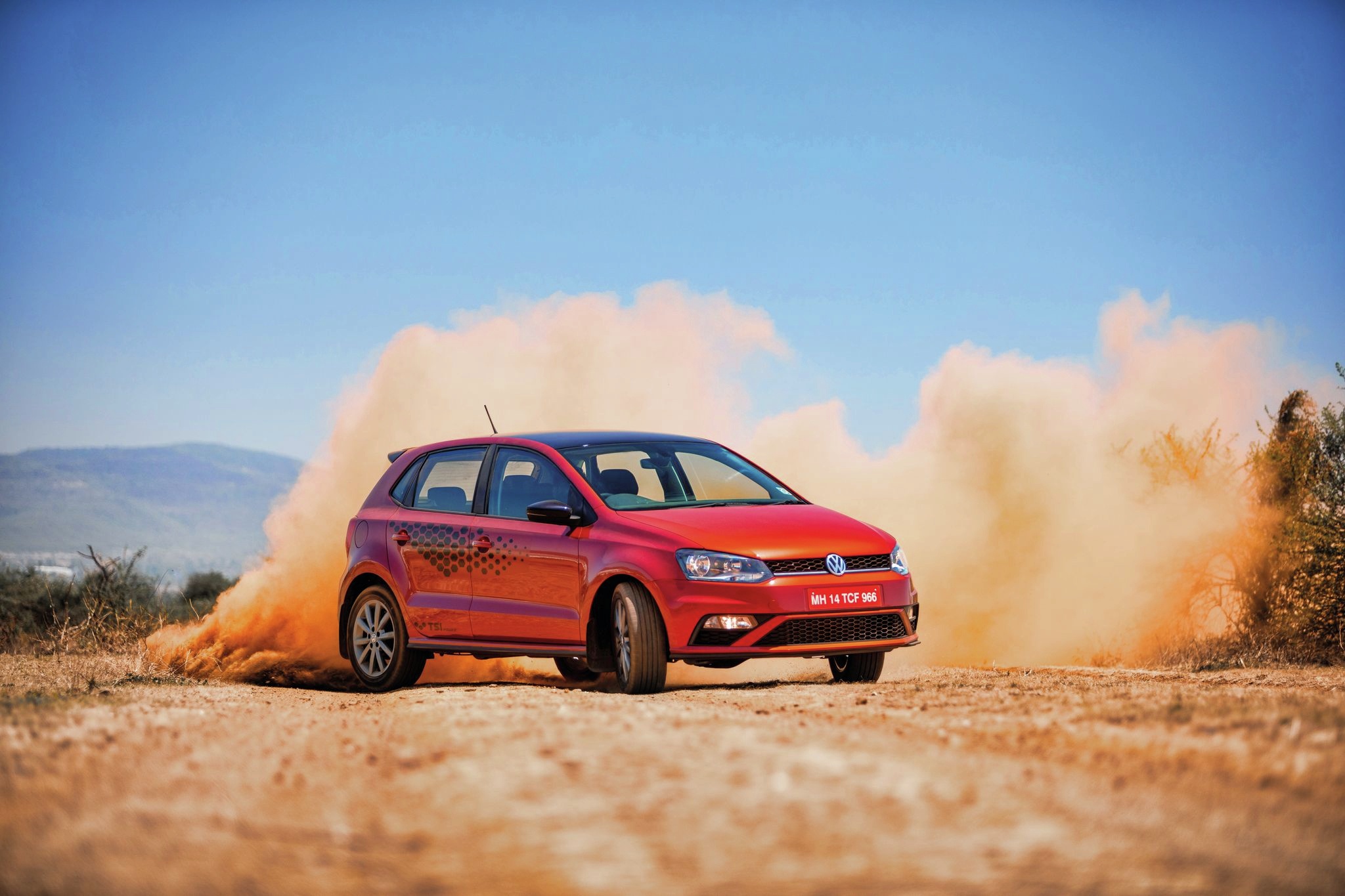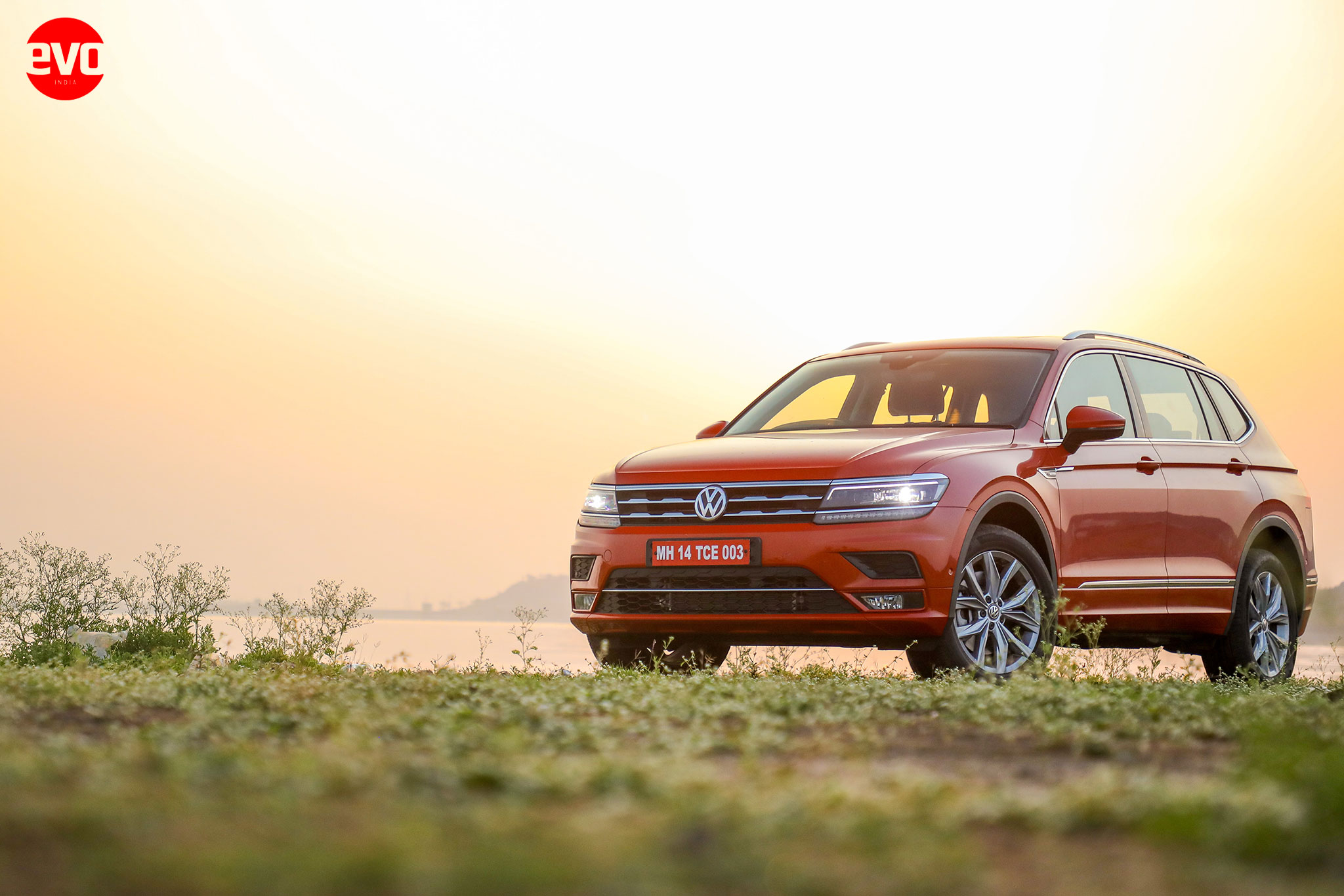Boosted Science |Volkswagen's TSI engines decoded
With Volkswagen updating its lineup in India with all-new TSI engines that are more powerful and more efficient, we take a look at the technological marvels lying deep within
 The T-Roc is an SUV that breaks away from the conventional SUV styling
The T-Roc is an SUV that breaks away from the conventional SUV stylingThe international engine of the year award is like the Oscars of the automotive industry; maybe even more prestigious. Automotive manufacturers around the world spend decades in research and development of their engines, trying to find the perfect balance between performance, reliability, efficiency and regulation compliance. And while it isn’t exactly easy to make a large engine efficient and powerful, it is certainly easier than doing it with a tiny one. There are packaging restrictions, a general limit on how much power you can extract from it and you also run the risk of overworking the engine, compromising fuel efficiency and reliability.
In 2018, Volkswagen won the engine of the year award in the sub-1-litre class, with the 1.0 TSI engine – the very same engine we have spent some time thrashing rather recently. All it takes is a drive in the new Polo or Vento to understand why — a smaller, lighter engine, crammed full of technology at a staggeringly good price point. But before we dive deep into the new TSI engines, let’s understand what TSI means.
TSI stands for Turbocharged Stratified Injection, and it is what Volkswagen is using to spearhead its global downsizing effort, as well as the push towards new technologies here in India. Let’s begin with the first part of that — turbocharging. Put simply, a turbocharger sucks in air and forces it into the combustion chamber. More air means you can add more fuel, and the higher pressure air from the turbocharger also results in better combustion, all of which adds up to more powerrrrr. Comprende? Alright. A turbocharger also brings with it heaps of torque, allowing petrol engines to be driven at lower revs, usually peaking as soon as the turbo spools up, while returning great fuel economy.
Now for the second part of it — stratified injection. Stratified injection differs from regular petrol engines by the placement of the injector and where it pumps in fuel. In a conventional petrol engine, the injector sends the fuel into the intake port and a mixture of air and fuel then flows into the combustion chamber. In a TSI engine, the injector directly charges fuel into the combustion chamber, this leads to a lot of benefits. For starters, it allows for higher compression ratios (10.5:1 in both the 1.0 and 1.5 TSIs) without a high risk of the engine knocking, since charge cooling keeps the temperature of the air/fuel mixture low. It also leads to a more complete burn of the air/fuel mixture, and allows for a much leaner air/fuel ratio, with the former giving more power and the latter aiding better efficiency. While all this sounds cool, you might be left thinking that it isn’t particularly new, the Polo GT had the 1.2 TSI engine for almost half a decade, so what’s all the fuss about?
 The Polo TSI is hotter and more affordable than ever before!
The Polo TSI is hotter and more affordable than ever before!Typical German
EA211 — the latest engine family from Volkswagen, is what the fuss is about. While the 1.2 TSI from the Polo GT was indeed a TSI engine, it was from the much older EA111 family. And the differences between the two are massive. Let’s start with the 1-litre TSI, doing duty in the Volkswagen Polo, Vento and the upcoming Taigun as well. The new three-cylinder turbocharged engine is more compact than before courtesy a smaller cubic capacity, and more modern construction. It is also lighter, weighing just under 90kg, thanks to aluminium pistons and hollowbored con-rod journals. The engineers have also done away with the balancer shaft to keep the weight low, and used lightweight components in the engine, which are also stiffer so reliability is not compromised. Speaking of reliability, the 1-litre TSI engine is also more robust with a forged crankshaft and con-rods, and integrated camshaft and valve covers. The crankshaft bearing has been coated with polymers to reduce friction during ignition and switching off the engine, while the cylinder head has been designed to ensure quick warm up in cold conditions, also aiding the longevity of the engine.
 The Taigun lineup will feature both 1-litre and 1.5-litre TSI engines
The Taigun lineup will feature both 1-litre and 1.5-litre TSI enginesVolkswagen has also modified the design of the intake port so there is a high flow rate, without affecting the quantity of the flow itself, while the swirling flow helps in ensuring a good air/fuel mixture to get more efficient combustion. The optimised pattern of injection also ensures that all load and speed conditions can be met with the least amount of fuel.
The 1-litre TSI can cater to the enthusiast and to those enthusiastic about fuel economy
There are also multiple injection patterns depending on cold starts, or the engine being under load at low revs — while climbing a steep slope for example.
With 108.5bhp and 175Nm of torque, the smaller 1-litre engine makes 5bhp more than the one it replaces, despite the lower capacity, and gets the Polo to 100kmph in just under 10 seconds making for one mighty quick car. The turbocharger is fairly small so it spools up quicker, and the circuit length of the intake system has been kept as short as possible to maximise responsiveness. The integrated exhaust manifold allows for the exhaust gases to be used more efficiently and quickly to spool up the turbo. All of this adds up to an incredibly engaging driving experience. The small engine has plenty of grunt and accelerates hard, it enjoys being revved out but at the same time, can be driven and enjoyed sedately. The three-cylinder layout also adds in its characteristic soundtrack – a rorty note that accompanies the bump in performance rather well. All of this means that the 1-litre TSI can cater to the enthusiast, as much as it can to those that are enthusiastic about fuel economy.
The big brother
While the 1-litre TSI is indeed an engineering masterpiece, the 1.5-litre TSI engine takes it to another level. Dubbed the EA211 Evo (we love the name!), it has a lot of the technology from the EA211 family and then some. It is already doing duty in the all-new T-Roc here in India, producing 148bhp and 250Nm of torque, and will also be under the hood of the top-spec variants of the Taigun when it launches next year.
The T-Roc’s engine is punchy and refined, and combined with the DSG gearbox, makes the driving experience truly special. You can barely hear it in the cabin and at the same time, it gives you superb performance.
The EA211 Evo can (almost instantly) shut off two of the four cylinders if they aren't needed
With a Miller Combustion Process, variable inlet valve timing and variable exhaust valve timing, the EA211 Evo engine is truly state-of-the-art. It also gets an exhaust gas turbocharger with Variable Turbine Geometry (VTG) — common in diesel engines but among petrols it was only seen on the Porsche 911 Turbo till recently! It allows for much faster spooling of the turbo, as well as increased responsiveness even under sudden load change. This gives the 1.5 TSI engine the low-end grunt that makes it so engaging to drive. The plasma coated cylinders, VTGassisted charge air-cooling and cross-flow cooling in the cylinder head, keep the engine running cool even under heavy load. To help with fuel economy, it also gets active cylinder deactivation, which can (almost instantly) shut off two of the four cylinders if they aren’t needed and can also reactivate them the instant a demand for more power is made. Another nifty tool is the coasting function, which disengages the clutch when the car is in Eco mode and the driver has taken their foot off the accelerator. This not only saves the fuel that would otherwise be burnt in keeping RPMs up, but the friction from engine braking is gone and the car is essentially coasting in neutral.
 The first of Volkswagen’s new SUVWs in India was the Volkswagen Allspace, with a new 2-litre TSI engine, more space and a host of features
The first of Volkswagen’s new SUVWs in India was the Volkswagen Allspace, with a new 2-litre TSI engine, more space and a host of featuresThese two engines are at the core of what VW has planned for India in the next few years. With the first fruits of the massive India 2.0 investment being served up to us next year, these two engines will be at the heart of the Taigun mid-size SUV. Volkswagen is focussing on localisation, and that will allow these engines, and thus the Taigun, to be priced even more competitively. TSI. Those three seemingly unassuming letters pack so much of a punch, and never fail to get our heart rates up!


